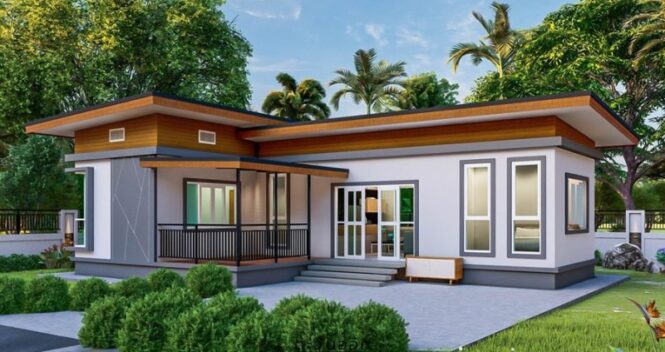Are you struggling to find a place to store your machinery, tools, or even your workshop supplies? It may be time to consider building a shed on your property so you can finally have that helpful extra storage for your assets.
Machinery sheds tend to be the most popular choice for farmers and mechanics but also serve well for other property owners.
Sheds are ideal structures to protect your machines, tools, and supplies from the elements. But when you decide to build a shed, there are certain aspects to consider first. Keep reading to find out what steps you need to take when building a shed.
What are the Local Building Codes?

You may need to abide by certain building codes before you can build a shed on your property. With that being said, in Australia, a shed is considered a Class 10a building if it’s non-habitable.
Building codes will differ for non-habitable and habitable structures. For example, if your shed contains rooms like bedrooms, kitchens, or lounges it will then be considered a Class 1a building and you’ll need the correct permits for it.
However, you can include certain types of spaces in your shed that won’t compromise its code such as:
- Laundry rooms
- Lobbies
- Pantries
- Photographic dark rooms
- Corridors
You may need to get approval from the city council depending on the size of your shed. The council will decide whether your building plans correspond with safety and regulatory requirements. Smaller sheds usually don’t need to be approved.
What Codes Must My Shed Have?
If you don’t want to go through the process of having your shed approved, then it must meet the following requirements:
- The shed must be the only detached structure from your property.
- Your structure is on the ground and not raised more than 3m.
- The shed isn’t built from a shipping container.
- It’s built 900m or further from the boundary of the house.
- It does not impact the safety of other buildings in the area.
What is the Purpose of the Shed?

There are many different types of sheds such as:
- Toolshed
- Hay shed
- Craftsman shed
- Machinery shed
- Gambrel shed
Start off by choosing a structure by considering its purpose. Do you need the building to have space to work on cars or simply store tractors or crawlers? Furthermore, the purpose of your shed will assist you with the design aspect of the structure. For example, if you’re using it to store items you may want to include shelving inside.
Choose the Right Size
Large sheds are ideal for storing bigger items like excavators or trucks. However, it should be noted that you may need to get the structure approved by the city council, depending on the size. The permits for shed sizes may differ depending on which state you live in. The building must adhere to the regulations according to the Australian Building Codes Board.
Style and Shape of the Shed

Sheds aren’t shoddy like they used to be. In fact, sheds are as aesthetically pleasing as most houses nowadays. Still, consider the design and shape of the shed so that it enhances the look of the property. If it matches other structures around it in terms of design or color, it’s a win!
Overall, the style and shape of your shed are important but make sure it’s practical so that it serves its intended purpose.
The Location of the Shed
Another important factor to consider is where you’d like to build your shed on your property. As mentioned before, the shed must be detached from your house, especially if you’re working with machinery or fire-hazardous materials.
Some more considerations:
- You don’t want to build your shed near water in case of flooding.
- You want to have easy access to your shed so make sure there are no obstructions in the area.
- Build your shed in a location that’s close to where you’re working. For example, if you build a hay shed, make sure it’s near the pen where you keep your cattle. This way you don’t have to travel far to feed your animals.
What Challenges Might You Face?

No matter what structure you’re building on your property, you may face some challenges along the way. For instance, you may have issues with planning and permits. Understanding the building codes can be overwhelming and time-consuming.
You may also have challenges clearing the area to prepare for your build. If there are trees and bushes in the way, you’ll need to uproot them. Bad weather may also hinder the progress of building your shed. Consider all aspects, so you can plan and budget accordingly.
Tip: if you have a professional company building your shed for you, there will be minimal problems. Ask your contractor any questions you have to ensure you’re abiding by Australia’s laws and that the building is safe to add to your property.
Final Thoughts
Before you decide to build a shed, consider all the factors mentioned above, so you can get the most out of your structure. With the right planning, you can have a shed built that meets your requirements and serves you well for years to come.
Before you decide to build a shed, consider all the factors mentioned above, so you can get the most out of your structure. With the right planning, you can have a shed built that meets your requirements and serves you well for years to come. Properly understanding local regulations, selecting the right size and style, and choosing an optimal location is key to ensuring a successful shed-building project.
 Imagup General Magazine 2024
Imagup General Magazine 2024

